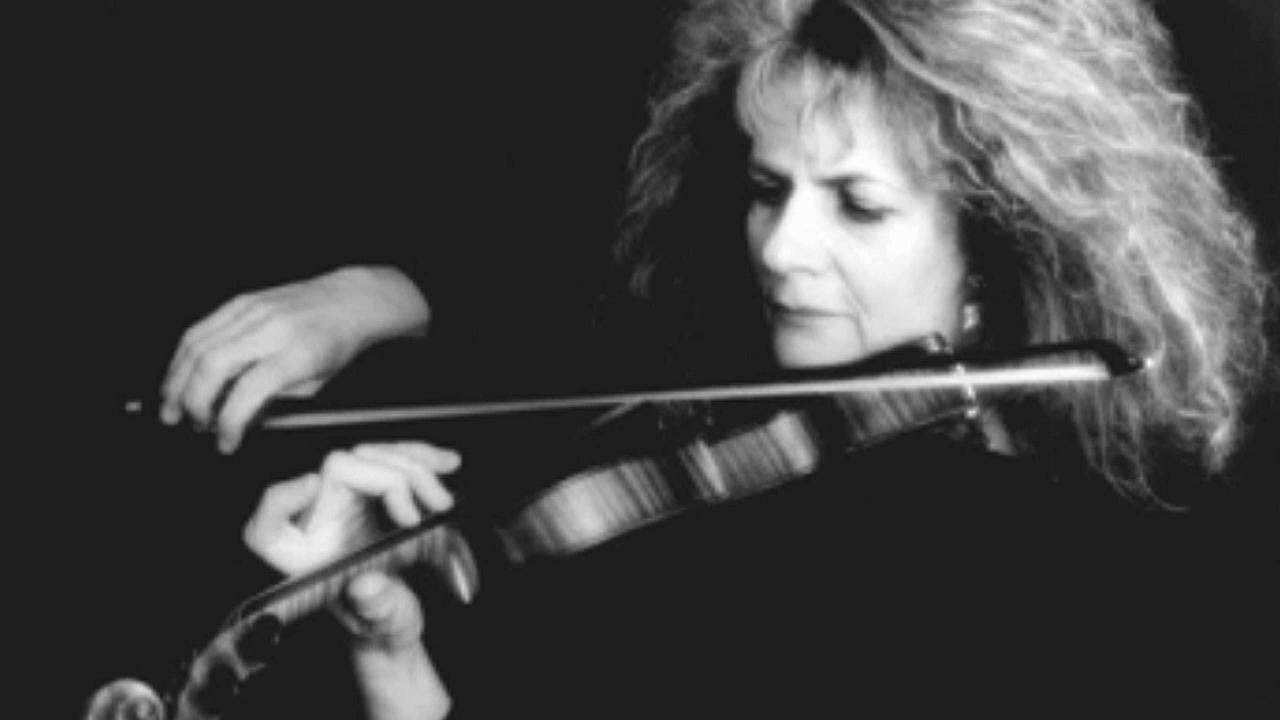 A couple of years ago I compiled a chart of the basic history of Western Classical music, complete with composer names, important works, and characteristics of each period, in a nutshell. (It’s quite a few pages of small print, even with a very limited representation of the composers and works --- this is a huge field to learn about, and it’s 27 centuries long!)
A couple of years ago I compiled a chart of the basic history of Western Classical music, complete with composer names, important works, and characteristics of each period, in a nutshell. (It’s quite a few pages of small print, even with a very limited representation of the composers and works --- this is a huge field to learn about, and it’s 27 centuries long!)
And I’ve divided up that chart into a series of blog posts, too, with handy links to Youtube audio/video of many of the representative works. But now I want to put all of those into this one blog post, in a very spare way, to give the overall view of the development of this magnificent family of genres, from the time of ancient Greece till the present day.
To keep a lid on quantity, I’ve decided to include only two musical selections for each period or section, so you can get at least a slight taste of each. There are many other kinds of pieces in each of these times, so these selections can’t be mere ‘representative samples’, but are just a couple of notable pieces I thought I’d share for each. (For many more of these basic samples and a bit more information, feel free to follow the links to my other blog posts.)
Disclaimer: I am not a music professor, and many of the subtleties of differences, historical contexts, etc. are not my intent; rather, I want to share a sampling of something I have seriously considered in an informal way all my long life, ever since I was a pre-schooler and began listening to symphonies on my own in the early days of LP records. Note, though, that having continually listened to many, many Classical pieces has deeply influenced all aspects of my music-making as a composer, arranger, and performer myself. It’s been worth it! And I hope there can be great value and meaning for you too as you explore these amazing works of art.
The links below are quite a few in number; each heading includes a link to my full blog post about the era, and each of the two samples has a link to a good version of it (in my educated opinion) in Youtube.
Here goes:
• Some instruments: lyre, aulos, drum
• 2 four-note limited scales
--- Lyre improvisations in Greek scales
--- 'Salpinx'
II. Byzantine
• Some instruments: Oud, vocal chant
• Middle-Eastern and Central Asian sounding; chant, drone
--- ‘Sim Shalom’
--- ‘Ya yassouh el hayat nouazimak’
• Some instruments: Rebec, hurdy-gurdy
--- Gregorian chant: Requiem Mass ‘Kyrie’
--- ‘La tierce estampie roial’
IV. Renaissance
• Some instruments: lute, recorder, viol
• Full scale and chords; counterpoint; divisions (theme & variations)
--- Palestrina: Missa Papae Marcelli ‘Kyrie’
--- Praetorius: Terpsichore Dances
--- Cutting: Divisions on ‘Greensleeves’
--- Gibbons: ‘Go from my Window’ divisions for viol consort
V. Baroque
• Some instruments: violin, harpsichord, organ
• Fugue, canon; essentially modern-sounding
A. Early Baroque and the Italians
--- Pachelbel: Canon in D
--- Vivaldi: The Four Seasons Violin Concertos
--- Handel: Messiah Oratorio ‘Hallelujah’ chorus
--- J.S. Bach: ‘Chromatic Fantasia & Great Fugue’
VI. Classical Period
• Some instruments: Piano, trombone, clarinet
• Enlightenment Period: orderly and beautiful; development of sonata form for sonatas, symphonies, concertos, and string quartets
--- Haydn: Symphony 96 ‘Surprise’, 2nd movement
--- Mozart: Eine Kleine Nachmusik
VII. Romantic
• Drama, emotion, nature, spirituality, narrative, nationalism
A. Early Romantic(ca. 1780-1820)
--- Beethoven: Symphony no. 5, movement 1
--- Mendelssohn: Violin Concerto, movement 1
B. Middle Romantic(ca. 1820-1870)
--- Chopin: ‘Heroic’ Polonaise for piano
--- Brahms: Symphony no. 3, movement 3
C. Late Romantic(ca. 1870-1910)
--- Tchaikovsky: Symphony no. 6 ‘Pathetique’, movement 1
--- Rachmaninoff: Piano Concerto no. 2, movement 1
VIII. The Modern Era
A. Impressionist (ca. 1880-1940)
• Pictures of nature and myths
• Whole-step scale, especially unusual chords and key changes
--- Debussy: ‘Clair de Lune’
--- Ravel: Daphnis & Chloe Suite no. 2 ‘Daybreak’
B. Mainstream Modern (ca. 1890-1975)
• Complex chord and key choices, often jarring and dissonant;
pagan and disturbing themes more common
--- Stravinsky: Rite of Spring ballet
--- Shostakovich: String Quartet no. 8, movement 1
C. Serialist/Atonal (ca. 1921-present)
• Intentional chaos and lack of scale or structure
--- Schoenberg: 5 Pieces for String Orchestra, no. 5
--- Ives: ‘The Unanswered Question’
D. Experimental/Avant Garde (ca. 1950-present)
• Some instruments: synthesizer, prepared piano
• Is this actually music at all? Emphasis on absurdity
--- Plaetner: ‘Beta’
--- Penderecki: ‘Fluorescences’
E. Minimalist (ca. 1960-present)
• A return to the realm of beauty and accessibility; controlled simplicity; sometimes very few notes
• Repeating patterns, sometimes only gradually changing over time; unusual patterns, yet closer to normal harmonic customs
--- Part: ‘Spiegel im Spiegel (Mirror to Mirror)’
--- Glass: Soundtrack of The Truman Show ‘Truman Sleeps’
F. Some nice recent works: Motion picture soundtracks and choir works
--- J. Williams: Soundtrack of Star Wars ‘Main Titles’
--- Rutter: ‘For the Beauty of the Earth’




Comments